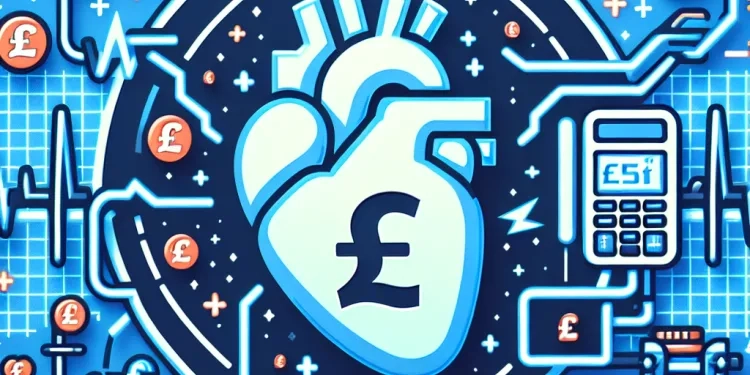
Find Help
More Items From Ergsy search
-
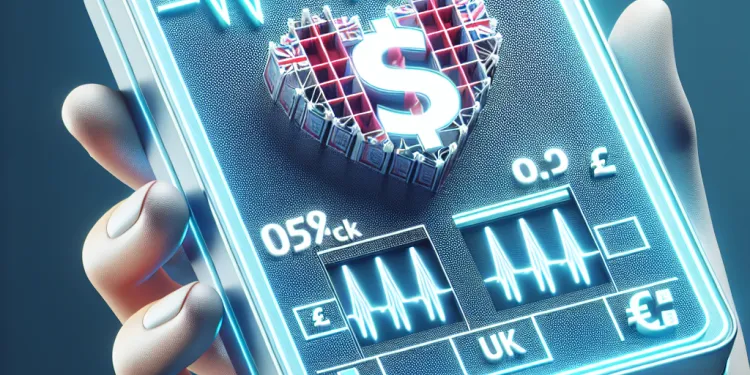
What is a defibrillator?
Relevance: 100%
-

How effective are defibrillators?
Relevance: 95%
-

What is the role of a defibrillator in CPR?
Relevance: 92%
-
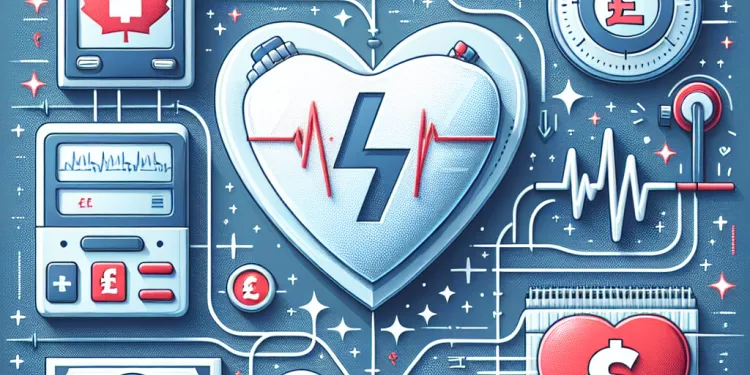
How does a defibrillator work?
Relevance: 91%
-
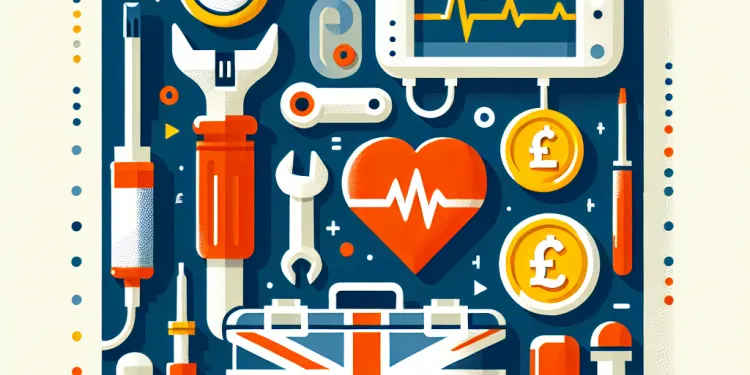
What maintenance do defibrillators require?
Relevance: 91%
-

What are the different types of defibrillators?
Relevance: 91%
-

Who can use a defibrillator?
Relevance: 90%
-
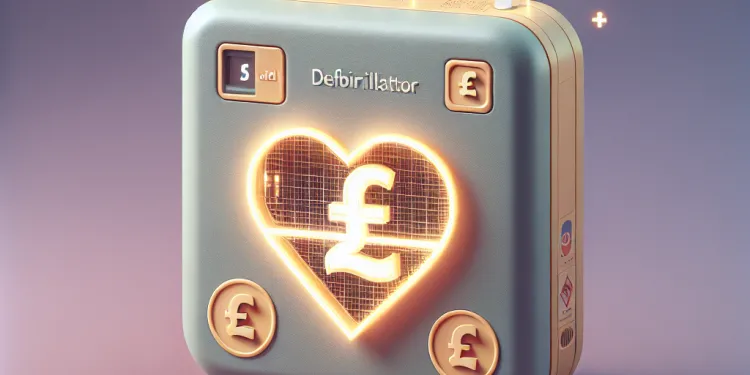
Can defibrillators be used on children?
Relevance: 89%
-

Can a defibrillator restart a stopped heart?
Relevance: 89%
-

How long do defibrillator batteries last?
Relevance: 88%
-

How do you know if a defibrillator is required?
Relevance: 88%
-
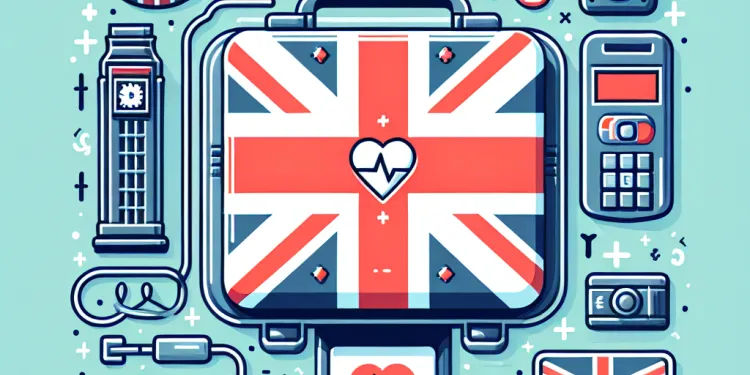
Do defibrillators have any side effects?
Relevance: 87%
-
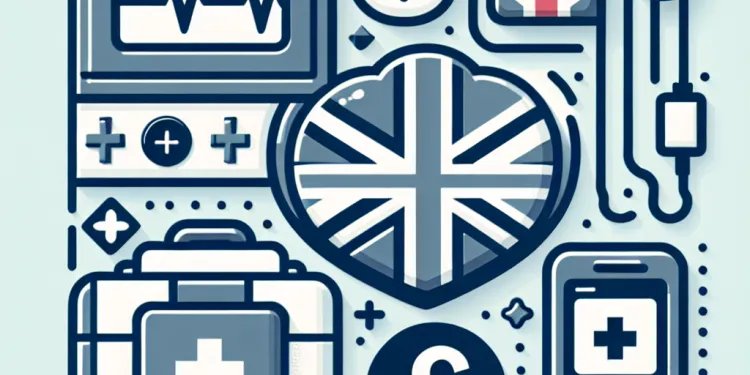
What should you do if a defibrillator is needed?
Relevance: 86%
-
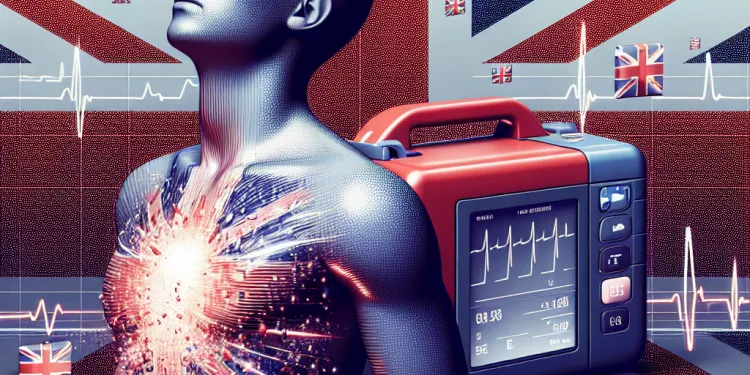
Can you use a defibrillator on a wet person?
Relevance: 85%
-
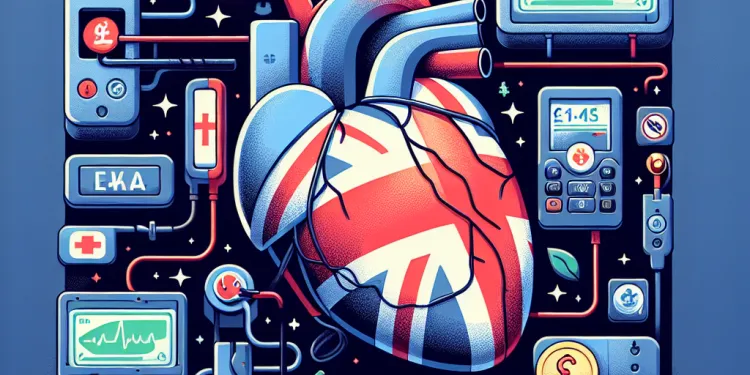
Why are defibrillators important?
Relevance: 69%
-

Is it safe to use a defibrillator on someone with a pacemaker?
Relevance: 62%
-
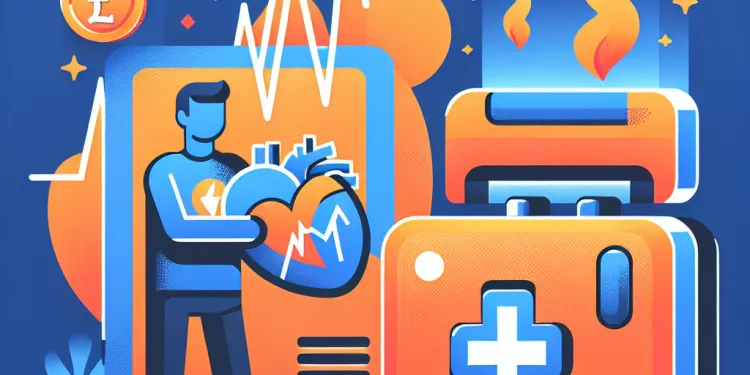
What is a Defibrallator?
Relevance: 51%
-
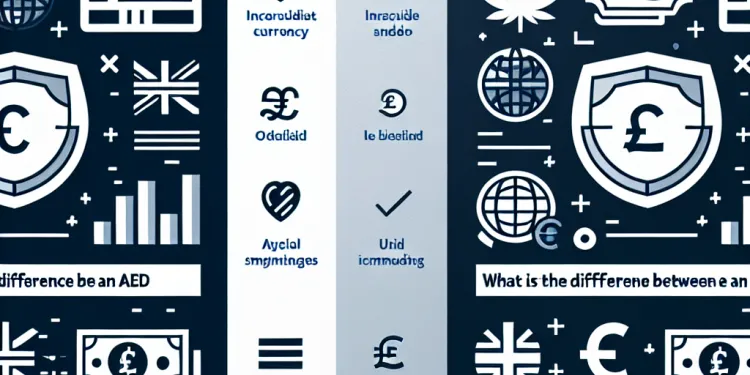
What is the difference between an AED and an ICD?
Relevance: 31%
-

What is an AED?
Relevance: 28%
-

Is training required to use an AED?
Relevance: 23%
-
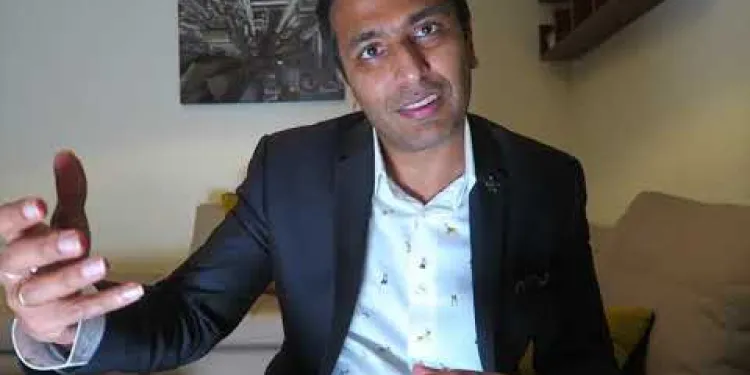
Is my abnormal heart rhythm dangerous?
Relevance: 19%
-

Where can AEDs typically be found?
Relevance: 17%
-
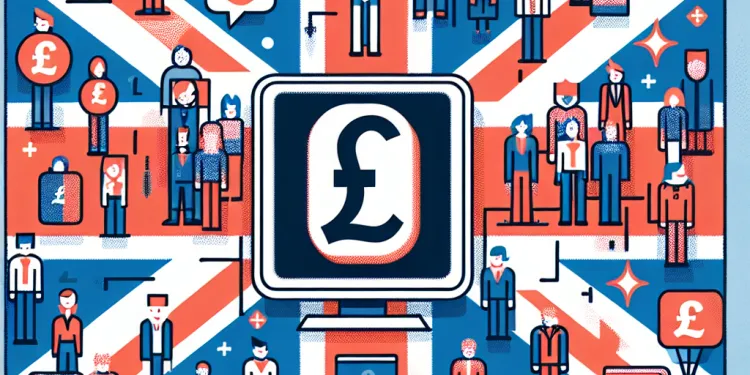
Can I learn first aid as a group?
Relevance: 13%
-
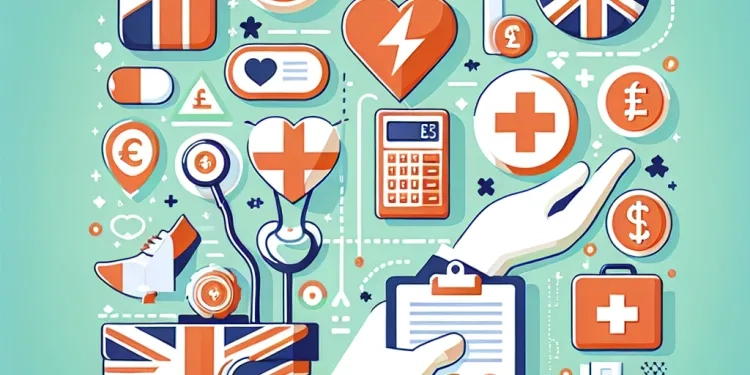
What is the best first aid certification to obtain?
Relevance: 12%
-
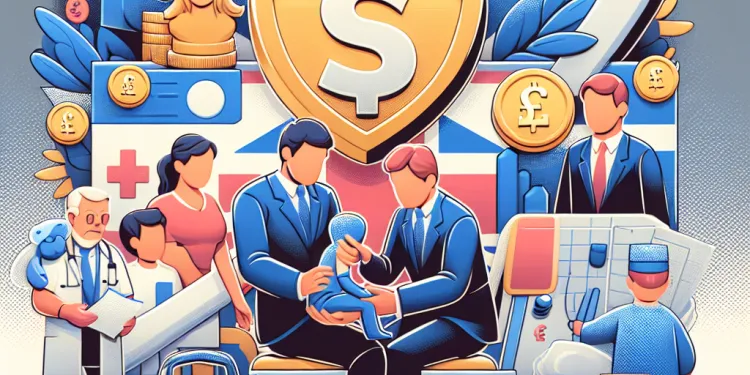
What age is appropriate to start learning first aid?
Relevance: 12%
-
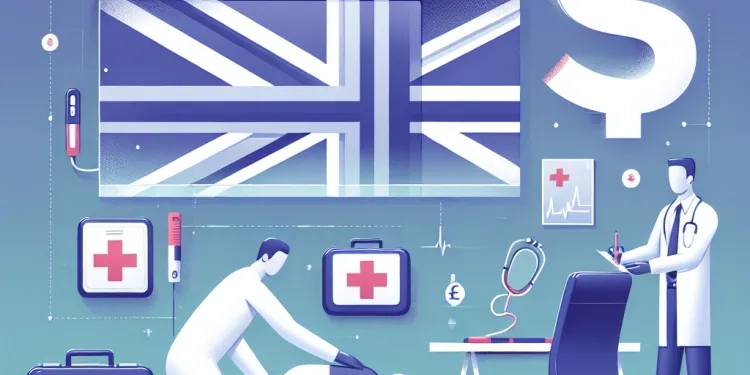
Can I take first aid courses in person?
Relevance: 12%
-
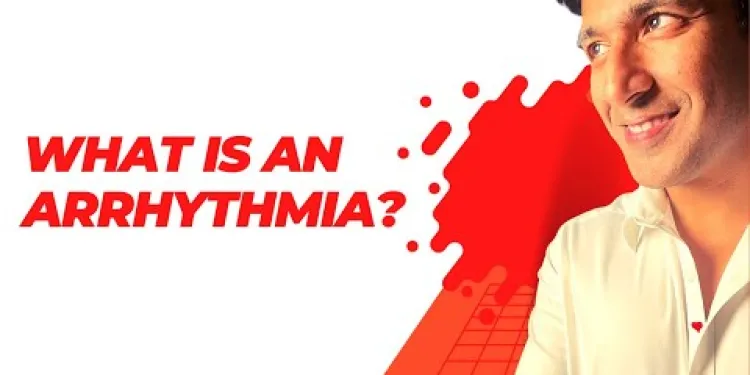
What exactly is an arrhythmia?
Relevance: 7%
-

Heart Failure : When the heart becomes stiff?
Relevance: 6%
-
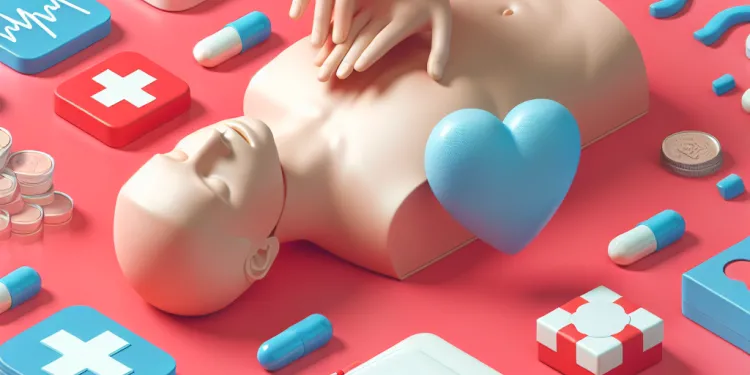
How important is it to learn CPR along with first aid?
Relevance: 6%
-
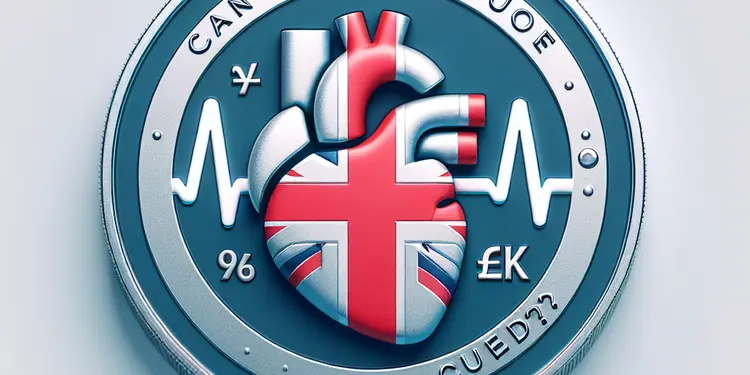
Can heart failure be cured?
Relevance: 6%
Understanding Defibrillators
Defibrillators are medical devices used to restore a normal heartbeat by sending an electric pulse or shock to the heart. They are crucial in scenarios where someone is experiencing life-threatening cardiac conditions such as sudden cardiac arrest (SCA). Unlike a heart attack, which is caused by blocked blood flow to the heart, SCA is an electrical malfunction in the heart that causes it to stop beating effectively.
Recognising Sudden Cardiac Arrest
To determine if a defibrillator is needed, it is essential to recognize the signs of sudden cardiac arrest. The key symptoms include sudden collapse, unresponsiveness, and absence of normal breathing. The person will not wake up even if shaken or spoken to loudly, and they won’t have any obvious signs of life, such as normal breathing or coughing.
When to Use a Defibrillator
If a person is suspected to be in cardiac arrest, it is crucial to act quickly. First, check for responsiveness and breathing. If they are unresponsive and not breathing, immediately call for emergency medical assistance by dialing 999. After calling for help, start cardiopulmonary resuscitation (CPR) immediately and send someone to locate the nearest available defibrillator.
Accessing Defibrillators in the UK
In the UK, Automated External Defibrillators (AEDs) are commonly available in public spaces such as shopping centres, sports venues, and train stations. These AEDs are designed for public use and often include voice instructions to guide users through the process. Many communities also have defibrillators installed in accessible outdoor cabinets, available to use in emergencies.
Using a Defibrillator
When you have access to a defibrillator, turn it on and follow the device’s audible instructions. Usually, it will guide you to attach electrode pads to the person's bare chest. The defibrillator will assess the heart rhythm and, if a shock is advised, instruct you to deliver it. It is important to ensure no one is touching the person when a shock is delivered to prevent injury to bystanders.
Post-Use Procedure
After the shock is delivered, continue performing CPR until emergency services arrive or the person shows signs of life, such as coughing or breathing. It’s also important to note that using a defibrillator does not replace the need for professional medical treatment. Until emergency responders take over, the immediate use of CPR and defibrillation increases the person's chances of survival.
What is a Defibrillator?
A defibrillator is a machine that helps the heart beat properly. It does this by giving the heart an electric shock. This is very important when someone’s heart suddenly stops working right. This is different from a heart attack, which happens when blood can’t get to the heart.
How to Spot Sudden Cardiac Arrest
To know if you need a defibrillator, look for these signs: the person falls down suddenly, doesn’t wake up, and isn’t breathing normally. If they don’t move or react even if you shout at them or shake them, they need help.
When to Use a Defibrillator
If you think someone’s heart has stopped, act fast. Check if they wake up or breathe. If not, call 999 right away for help. Start pushing down on their chest (CPR) and ask someone to find a defibrillator quickly.
Finding a Defibrillator in the UK
You can find Automated External Defibrillators (AEDs) in many places like shopping malls, sports areas, and train stations in the UK. These machines are easy to use and have voice instructions to help you. Some communities have them in outdoor boxes where people can reach them easily.
How to Use a Defibrillator
When you find a defibrillator, turn it on and listen to its instructions. It will tell you to stick pads on the person’s bare chest. The machine checks the heart and tells you if a shock is needed. Make sure no one is touching the person when you give the shock to keep everyone safe.
What to Do After Using a Defibrillator
After you give the shock, keep doing CPR until the ambulance comes or the person starts breathing again. Remember, a defibrillator helps, but doctors still need to treat the person. Using CPR and a defibrillator quickly can save their life.
Frequently Asked Questions
What is a defibrillator used for?
A defibrillator is used to deliver an electric shock to the heart to restore a normal heartbeat in cases of life-threatening arrhythmias, such as ventricular fibrillation or pulseless ventricular tachycardia.
How do you know if someone needs a defibrillator?
A defibrillator is needed if a person is unresponsive, not breathing, or only gasping. It is used when someone is in cardiac arrest.
What are the signs of cardiac arrest?
Signs of cardiac arrest include sudden collapse, loss of consciousness, no breathing or only gasping, and no palpable pulse.
Can you use a defibrillator if someone has a pulse?
No, a defibrillator should not be used if the person has a detectable pulse, as it is designed for cardiac arrest situations.
Is a defibrillator needed for a heart attack?
A defibrillator is not necessarily needed for a heart attack unless it leads to cardiac arrest.
What is the first step if you suspect someone needs a defibrillator?
First, call emergency services. Then, check for responsiveness and breathing. If they're unresponsive and not breathing normally, start CPR and use a defibrillator if available.
Can anyone use a defibrillator?
Yes, modern defibrillators, known as Automated External Defibrillators (AEDs), are designed to be used by the general public with audio and visual prompts.
What is ventricular fibrillation?
Ventricular fibrillation is a life-threatening heart rhythm that results in rapid, erratic heartbeats that prevent the heart from pumping blood, requiring defibrillation.
How can you tell if an AED is available in a public place?
Look for signs that have the AED symbol, often placed in common public areas and labeled clearly for access during an emergency.
Is defibrillation effective after several minutes?
Defibrillation is most effective when performed immediately but can still be effective within a few minutes. Success rates decrease significantly over time.
What are the risks of using a defibrillator on someone who doesn't need it?
Using a defibrillator on someone who doesn't need it is generally safe with modern AEDs because they analyze the heart rhythm and advise a shock only if needed.
How do you check for responsiveness and breathing?
Gently shake the person and ask loudly if they are okay. Check for normal breathing by looking at the chest and feeling for breath.
Why is it important to perform CPR before defibrillation?
CPR circulates oxygenated blood to the brain and heart, helping maintain organs until a defibrillator can be used to restore a normal heartbeat.
What should you do after delivering a defibrillator shock?
Continue CPR immediately for another two minutes, or as instructed by the AED, before analyzing the heart rhythm again.
How does an AED determine if a shock is needed?
An AED analyzes the heart's electrical activity and determines if a shockable rhythm (like ventricular fibrillation) is present.
Can you use an AED on children?
Yes, many AEDs have pediatric pads or settings that adjust the energy level appropriately for children under 8 years of age or under 55 pounds.
What if the defibrillator pads do not stick well?
Ensure the skin is dry and free from hair in the pad placement area. Otherwise, follow the AED's instructions for improving contact.
Must chest compressions be paused for AED analysis?
Yes, chest compressions should be paused during AED rhythm analysis to avoid movement interference, then resumed immediately if no shock is advised.
Are there different types of defibrillators?
Yes, there are automated external defibrillators (AEDs) for public use, manual external defibrillators used by healthcare providers, and implantable defibrillators for chronic heart conditions.
Can defibrillation revive a flat-line heart?
No, defibrillation is not effective for flat-line asystole. Other interventions like CPR and medications are required.
What does a defibrillator do?
A defibrillator is a machine that helps someone when their heart stops working properly. It can save their life.
The machine sends a strong electric shock to the heart. This can help the heart start beating the right way again.
Ask an adult for help if you see a defibrillator and someone needs it.
You might find defibrillators in places like schools, shops, or sports centers. You can also watch videos online to learn how they work.
A defibrillator is a machine that helps your heart beat right. It does this by giving a small electric shock to the heart. This is important if someone’s heart has a problem beating normally, like if their heartbeat is all mixed up or if it stops altogether.
If you find this hard to understand, you can try using pictures with words, listening to someone read it to you, or breaking the information into small parts.
How can you tell if someone needs a defibrillator?
A defibrillator is a machine that can help someone if their heart stops beating. Here are some ways to tell if someone might need it:
- They fall down and don't wake up.
- You can't feel their heartbeat.
- They are not breathing or breathing very strangely.
If someone looks like this, call 911 right away and use the defibrillator if you know how.
It might help to learn CPR. CPR is a way to push on the chest to help the person's heart. This can be a good skill to help someone before the defibrillator arrives.
Remember, it is important to get help from an adult or call for emergency help quickly.
A defibrillator is a machine that helps when someone's heart stops or they can't breathe properly. You use it if a person does not wake up or is only making strange gasping sounds.
### Tips and Tools - **Picture Clues**: Look for signs around places like hearts and lightning bolts to find a defibrillator. - **Call for Help**: Always call emergency services for help too! - **Practice**: You can take a class to learn how to use a defibrillator.What are the signs of cardiac arrest?
Cardiac arrest means the heart stops suddenly. Here are some signs to look for:
- The person falls down and doesn't wake up.
- Their breathing is not normal or they stop breathing.
- You can't feel a pulse (heartbeat) when you touch their wrist or neck.
- They look very pale or a different color.
- They might not move or respond when you talk to them.
If you see these signs, get help quickly. Call for emergency services or ask an adult for help.
Helpful Tip: Learn about calling 911 or your local emergency number in case you need to use it.
Signs of a heart stopping are:
- Suddenly falling down.
- Not waking up, like being asleep.
- Not breathing or only making gasping sounds.
- No heartbeat that you can feel.
If you see these signs, call for help right away. You can use a phone to call someone or ask an adult nearby. You might also need to learn CPR from a parent, teacher, or doctor. CPR helps when someone's heart stops.
Can you use a defibrillator if the person’s heart is beating?
A defibrillator is a machine that helps when someone's heart stops working right.
If the person has a pulse, their heart is working, so you usually don't need a defibrillator. Call for help or 999 if someone is hurt or feels very sick.
If you are not sure what to do, ask someone who knows or call for an adult or doctor.
Some places have defibrillators you can use in emergencies. They often have pictures or talk to guide you.
No, do not use a defibrillator if the person has a pulse. Defibrillators are for when the heart has stopped.
Do you need a defibrillator if someone has a heart attack?
A defibrillator is a machine that helps the heart beat correctly. It can be used when someone has a heart attack.
If you think someone is having a heart attack, call 911 right away for help. If you have a defibrillator nearby, you can use it.
Here are some tools that can help:
- Ask someone to stay with the person and keep them calm.
- Use a phone to talk to emergency services until help arrives.
You only need a defibrillator if a heart attack causes the heart to stop.
What Should You Do First If Someone Needs a Defibrillator?
1. Stay Calm: Take a deep breath.
2. Call For Help: Dial emergency services right away.
3. Check the Person: See if they are awake and breathing.
Helpful Tip: Use a speakerphone to talk to emergency services while helping the person.
First, call for help by dialing emergency services. Then, see if the person responds when you talk to them or gently shake them. Check if they are breathing. If they do not respond and are not breathing, start pushing hard and fast on their chest (this is called CPR). Use a machine to help restart their heart (called a defibrillator) if you have one nearby.
Who can use a defibrillator?
Almost anyone can use a defibrillator. It's a machine that helps when someone's heart stops.
Here are some tips and tools to help:
- Follow the pictures and instructions on the machine.
- Ask for help if you need it.
- Some defibrillators talk to you. Listen to the voice for help.
- Watch videos online to learn how to use one.
Remember, it is important to try to help until grown-ups or ambulance people come.
Yes, new defibrillators, called Automated External Defibrillators (AEDs), are made for everyone to use. They can talk to you and show you what to do.
What is ventricular fibrillation?
Ventricular fibrillation is a type of heart problem. It makes the heart shake instead of beating normally. This means blood does not move around the body like it should.
If you think someone has this problem, call for help right away. It's important to get them to a doctor fast.
To understand more about the heart, you can use pictures. Watching a video about how the heart works might help too.
Ventricular fibrillation is a very dangerous heart problem. It makes the heart beat really fast and mixed up. This stops the heart from pumping blood.
Doctors need to use a special machine called a defibrillator to help the heart beat normally again.
If you want help to understand this better, you can try:
- Using pictures to see how the heart works
- Watching videos that explain heart problems
- Asking a friend or family member to explain
How do you know if there is an AED in a public place?
An AED is a machine that can help someone if their heart stops. Here are some ways to find an AED:
- Look for signs: Sometimes there are signs with a heart and a lightning bolt. They show where the AED is.
- Ask for help: You can ask a worker or someone in charge if there is an AED nearby.
- Maps and apps: Some places have maps or phone apps to show where AEDs are located.
Remember, you can always ask for help if you feel unsure.
Look for signs that show the AED symbol. These are often put in places where lots of people go. The signs are easy to see so you can find them fast if there is an emergency.
Does a defibrillator help after a few minutes?
Using a defibrillator works best if you do it right away. It can still help a few minutes later, but it might not work as well. Waiting too long makes it less likely to work.
Remember, call for help quickly. You can also use tools like videos or apps to learn how to use a defibrillator. These can help you feel more ready and confident.
What could happen if you use a defibrillator on someone who doesn't need it?
A defibrillator is a machine that helps a heart start beating again.
If you use it on someone who doesn't need it, it can be dangerous.
Here are some things that could happen:
- The person could get hurt by the shock.
- It might make their heart beat in a wrong way.
- It could cause burns on their skin.
- They might get scared or upset.
Always call for medical help and make sure it is needed before using a defibrillator.
Using a defibrillator on someone who doesn't need it is usually safe. Modern defibrillators check the heart first. They only give a shock if it is necessary.
How can you see if someone is awake and breathing?
Gently shake the person and ask in a loud voice, "Are you okay?" Look at their chest to see if it moves up and down. Feel if you can sense their breath.
Why do we do CPR before using a defibrillator?
CPR helps keep the brain and heart working. It moves oxygen in the blood to these organs. This keeps them going until a special machine can make the heart beat normally again.
What to do after you use a heart shock machine?
You used the heart shock machine. What happens next?
1. Check if the person is okay. Are they awake? Are they breathing?
2. If the person is not awake or breathing, start pressing on their chest. Do this until help comes.
3. Try to stay calm. Help is on the way.
Ask a friend or use a phone app to help you remember what to do.
Keep doing CPR for two more minutes, or until the AED tells you to stop. Then, check the person's heart again.
How does an AED know if it should give a shock?
An AED is a special machine that helps when someone's heart stops working right. It can tell if a person's heart needs a shock to start beating properly again.
Here's how an AED works:
- The AED has pads that you put on the person's chest.
- These pads check the heart's rhythm.
- The AED listens to the heart and decides if a shock is needed.
- If a shock is needed, it tells you what to do next.
The AED is smart and will only give a shock if it's safe and needed. It also has clear voice instructions to help you use it.
If you have trouble reading, use tools like pictures or videos to understand better. Even practice with a grown-up if you can. It's okay to ask for help!
An AED is a machine that looks at how a heart is beating. It decides if the heart needs a special electric shock to help it. This shock helps when the heart is not beating right.
Can you use a heart helper on kids?
Yes, many AEDs have special pads or settings for children. These help make sure the energy level is safe for kids under 8 years old or who weigh less than 55 pounds.
What if the defibrillator pads don't stick?
Make sure the skin is dry and there is no hair where you put the pads. If not, listen to what the AED says to help make a better contact.
Should you stop chest pushes when using an AED?
Yes, you should stop chest presses when the AED checks the heart rhythm. This helps the AED work better. Start chest presses again right away if the AED does not ask you to give a shock.
Are there different types of heart restarters?
Yes, there are different kinds of heart restarters. They help a heart start beating again.
If you need help reading, you can ask someone to read with you.
You can also use a tool that reads words out loud for you.
Yes, there are different kinds of defibrillators that can help people with heart problems.
There are AEDs that anyone can use in public places. They help when someone’s heart stops.
Doctors and nurses have special defibrillators that they know how to use.
Some people with heart problems have tiny defibrillators inside their body to help their heart.
Can a special machine start a stopped heart?
Sometimes, a person's heart stops beating. It is like the heart is sleeping and needs to wake up. There is a special machine called a defibrillator that can help. It gives the heart a tiny shock to try and start it again. This can work if the heart has a certain problem. But it does not always work for a heart that has completely stopped.
If you see someone with a stopped heart, call for help right away. You can also try doing CPR. This means pressing on the person's chest to help keep blood moving. People who know first aid can help a lot too.
Remember, defibrillators are very special tools that trained people can use in emergencies. You can ask an adult to explain more if you want to learn about it!
No, a defibrillator is not helpful if the heart has stopped completely (flat-line asystole). Instead, chest presses (CPR) and medicines are needed.
Useful Links
- Ergsy carfully checks the information in the videos we provide here.
- Videos shown by Youtube after a video has completed, have NOT been reviewed by ERGSY.
- To view, click the arrow in centre of video.
- Most of the videos you find here will have subtitles and/or closed captions available.
- You may need to turn these on, and choose your preferred language.
- Go to the video you'd like to watch.
- If closed captions (CC) are available, settings will be visible on the bottom right of the video player.
- To turn on Captions, click settings .
- To turn off Captions, click settings again.
More Items From Ergsy search
-

What is a defibrillator?
Relevance: 100%
-

How effective are defibrillators?
Relevance: 95%
-

What is the role of a defibrillator in CPR?
Relevance: 92%
-

How does a defibrillator work?
Relevance: 91%
-

What maintenance do defibrillators require?
Relevance: 91%
-

What are the different types of defibrillators?
Relevance: 91%
-

Who can use a defibrillator?
Relevance: 90%
-

Can defibrillators be used on children?
Relevance: 89%
-

Can a defibrillator restart a stopped heart?
Relevance: 89%
-

How long do defibrillator batteries last?
Relevance: 88%
-

How do you know if a defibrillator is required?
Relevance: 88%
-

Do defibrillators have any side effects?
Relevance: 87%
-

What should you do if a defibrillator is needed?
Relevance: 86%
-

Can you use a defibrillator on a wet person?
Relevance: 85%
-

Why are defibrillators important?
Relevance: 69%
-

Is it safe to use a defibrillator on someone with a pacemaker?
Relevance: 62%
-

What is a Defibrallator?
Relevance: 51%
-

What is the difference between an AED and an ICD?
Relevance: 31%
-

What is an AED?
Relevance: 28%
-

Is training required to use an AED?
Relevance: 23%
-

Is my abnormal heart rhythm dangerous?
Relevance: 19%
-

Where can AEDs typically be found?
Relevance: 17%
-

Can I learn first aid as a group?
Relevance: 13%
-

What is the best first aid certification to obtain?
Relevance: 12%
-

What age is appropriate to start learning first aid?
Relevance: 12%
-

Can I take first aid courses in person?
Relevance: 12%
-

What exactly is an arrhythmia?
Relevance: 7%
-

Heart Failure : When the heart becomes stiff?
Relevance: 6%
-

How important is it to learn CPR along with first aid?
Relevance: 6%
-

Can heart failure be cured?
Relevance: 6%